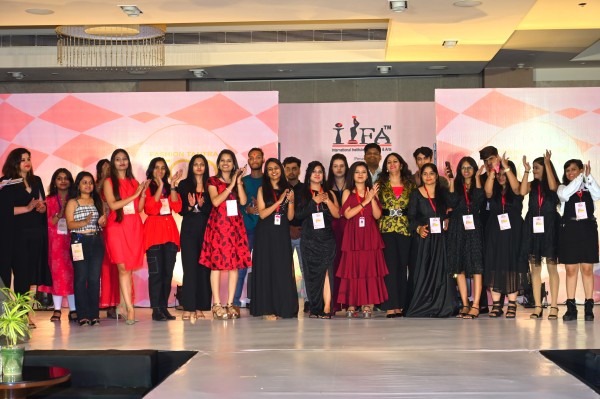What is the Indian Artisanal Revival?
The Indian Artisanal Revival refers to the renewed interest in traditional Indian crafts, textiles, and handwork, with a focus on preserving, promoting, and reimagining them for today’s world. Whether it's handloom weaving in Varanasi, Pattachitra painting in Odisha, or blue pottery in Jaipur, age-old techniques are finding fresh relevance through design innovation, digital exposure, and global collaborations.
Why Now?
Several intersecting factors have fueled this revival:
-
Sustainability Movement: As consumers question the ethics behind what they wear and buy, Indian handloom and handmade goods—crafted with minimal waste and often using natural dyes and materials—are being embraced as environmentally conscious choices.
-
Cultural Reconnection: A younger generation of Indians is rediscovering pride in indigenous crafts, seeking deeper roots in their cultural identity.
-
Global Appeal: Designers like Sabyasachi Mukherjee, Rahul Mishra, and Anita Dongre have brought Indian craftsmanship to international runways, making "Made in India" synonymous with luxury and artistry.
-
Digital Empowerment: Platforms like Instagram, Etsy, and niche e-commerce sites have given artisans a direct channel to global consumers, bypassing middlemen and traditional market limitations.
The Crafts Making a Comeback
-
Handloom Textiles: Kanjeevaram silks, Chanderi cottons, Jamdani weaves, and Ikat patterns are no longer reserved for weddings or festivals. Contemporary cuts and fusion styling have integrated them into everyday fashion.
-
Block Printing & Natural Dyeing: Techniques like Bagru, Dabu, and Ajrakh are being revived with modern motifs, appealing to global consumers looking for authentic yet wearable art.
-
Embroidery & Handwork: Intricate forms like Zardozi, Kantha, and Chikankari are being reinterpreted in minimalistic, modern silhouettes.
-
Terracotta & Pottery: Rural artisans are innovating with form and finish, making handcrafted homeware a staple in urban living spaces.
-
Tribal & Folk Art: Gond, Madhubani, and Warli painting are being adapted into fashion, home décor, and even NFTs—blending tradition with tech.
Artisans as Designers
A key shift in the revival is the recognition of artisans as creative collaborators, not just laborers. Organizations and designers are now co-creating with craftspeople, giving them not just fair wages but also credit and visibility.
Brands like Raw Mango, Fabindia, Okhai, and 11.11 / eleven eleven have built successful models around artisan-first approaches, while non-profits like Dastkar, Kala Raksha, and Khamir are enabling skill development and economic empowerment at the grassroots.
Challenges Ahead
Despite the momentum, the artisanal sector still faces hurdles:
-
Lack of infrastructure and market access
-
Imitation and mass-produced “handmade” knockoffs
-
Aging artisan population and skill dilution
-
Inconsistent income and dependence on seasonal demand
To sustain the revival, there is a pressing need for policy support, digital literacy, design education at the village level, and conscious consumer behavior.
The Road Forward
The Indian Artisanal Revival is not about nostalgia—it’s about reclaiming a future through the past. It’s about integrating the handmade into modern life—not as a novelty, but as a norm. It's a movement that invites everyone—designers, consumers, businesses, and governments—to preserve, protect, and promote the soul of Indian creativity.
Conclusion
In a world increasingly obsessed with the new, the Indian Artisanal Revival reminds us of the timeless. It’s not merely about saving dying crafts—it’s about giving them new life, purpose, and pride. As India stands on the brink of becoming a global design powerhouse, its richest assets may well lie in the wisdom of its weavers, dyers, painters, and potters.



















Your Message